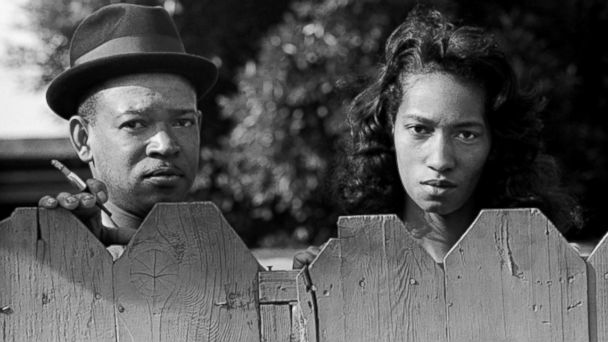Famed Rock and Roll Photographer Jim Marshall's Newly Released Photos

It was the Summer of Love. Vietnam War protests were in full swing, the Hippie movement had taken root, and the Beatles were America's soundtrack, and all of it was captured in its black, white and color glory by rock and roll photographer Jim Marshall.
More than 230 never before seen photographs are set to be released Tuesday, chronicling the time period in a new book, "The Haight: Love, Rock, and Revolution."
"These are pieces of history that happened and won't happen again," explained Amelia Davis, Marshall's former assistant and holder of his estate.
Davis worked side-by-side with Marshall for 13 years. When he died in 2010, he passed his entire photo collection on to her. Her biggest hope for this photo book is to keep Marshall's legacy alive, she said.
"Often times when a photographer dies, their work is locked up and put away, and I didn't want that to happen with Jim's work," Davis told ABC News.
"It's been an amazing journey, but it's also been a huge responsibility," she said.
Davis and author and music journalist Joel Selvin sifted through move than 100,000 photographs as they worked through the painstaking process of deciding which photos would make the cut. "We all had to kind of stop ourselves from making this enormous book. There were so many good shots," Davis said.
Though Marshall is remembered mostly for his rock and roll photography, and remains the only photographer to receive a Grammy, he also chronicled many of the milestone moments in America's history, snapping shots of the civil rights movement, Vietnam War protests, and other famed culture wars around the country.

Vietnam protesters hold hands as they march. (Jim Marshall Photography LLC)
"He may have been there photographing Jimi Hendrix, but he was also photographing what was going on around Jimi Hendrix," Davis said. "We get into the war protests because Vietnam is starting to happen, you get into the clash of young kids saying 'I don't want to go there, I don't want to do that.'"

A man and a woman observe a war protest in Oakland. (Jim Marshall Photography LLC)
Davis' favorite photo in the collection shows an African-American couple staring over a fence and into the camera lens.
"It really shows the division that was there between the African-Americans and the whites," she said. "And both the man and the women are looking directly at Jim, kind of hitting it head on. And it's just such a powerful, powerful photograph."
The past, she added, says a lot about our present. "Today we still have a long way to go. Even though we do have an African-American as the president, there still is that division in parts of the United States."
Marshall originally tried to publish a similar book in 1976, but the project never came to fruition. Davis says it's likely because Marshall felt pigeon-holed as a music photographer and was afraid the world couldn't see him as anything else.
Since then, a lot has changed. "When you look at these photographs it's done with a completely manual camera," Davis points out. "He really knew how to use his camera, which you don't get today because with digital, a lot of them slam it on automatic and put it into photo shop and mess around with it."
"Jim was able to compose in the camera itself and take the photograph, and that was it."